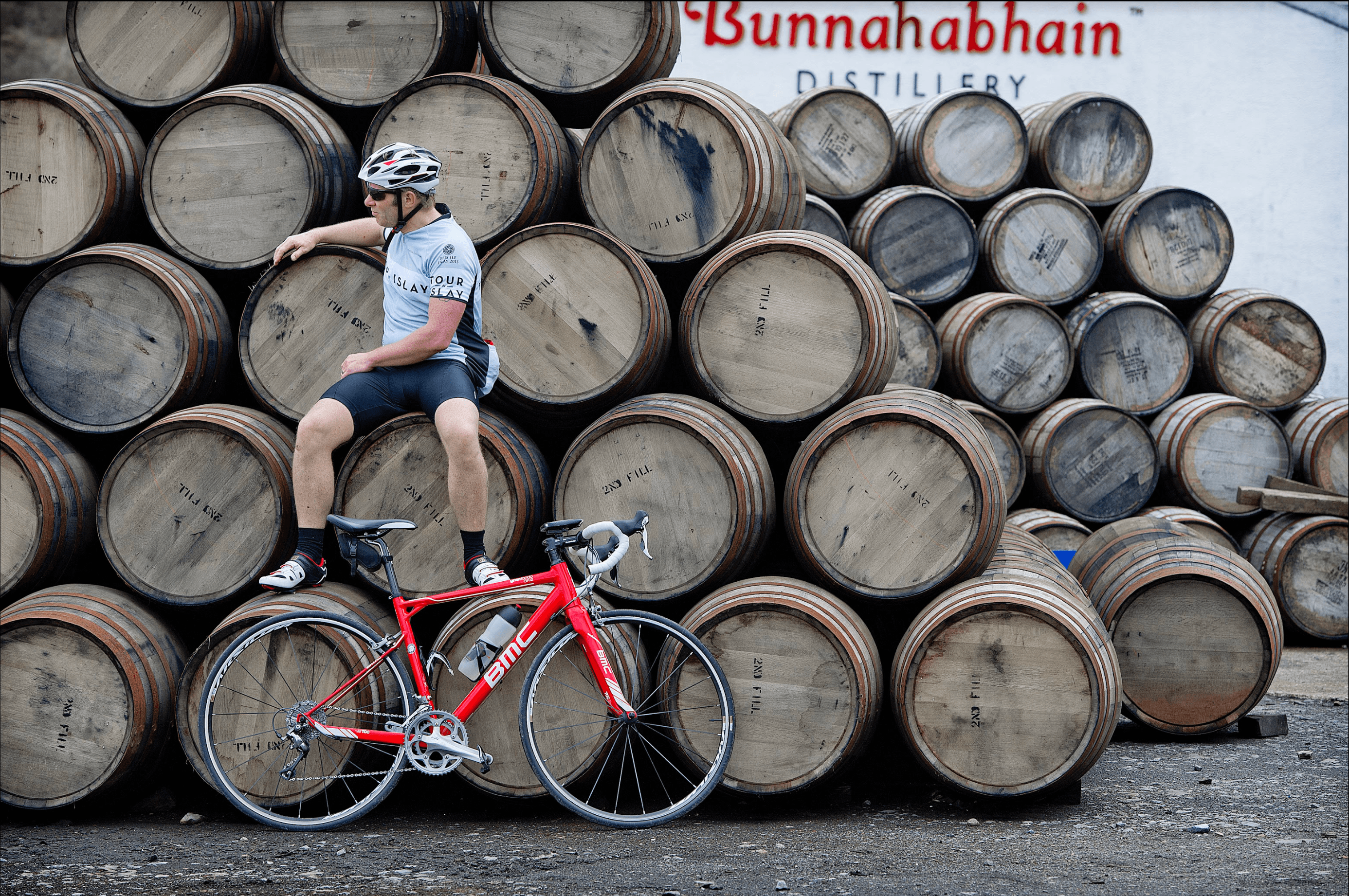As the month of May comes to a close, I’ve been reminiscing on all the wonderful memories that so many Society members were able to create at the various whisky festivals that took place in Scotland. May is festival month in the Scotch whisky industry and with the growing popularity of malt whisky around the world, more and more people have been gathering at these events to celebrate the local culture and style of whisky within each region. But what impact does a distillery’s region really have on the flavour of its whisky today? Are regional differences even important? Let’s have a look…
Speyside
The inaugural festival for the 2019 season was the Spirit of Speyside Whisky Festival. Speyside boasts the greatest concentration of whisky distilleries in Scotland, home to approximately 50%. With so many distilleries claiming Speyside as their rightful home, does the region really have its own style of whisky today? The answer is yes and no. There are many factors that impact flavour, one of the most significant being the type of oak used to mature the whisky. While American oak is by far the most commonly used species in Scotch whisky production, Speyside is often recognized as the home of European oak maturation. That is, mostly casks that previously held sherry.
All things being equal, the classic Speyside style as I see it can be described as ‘orchard fruits drizzled in honey’. The whisky is generally fruit-forward, relatively approachable with little to no peat and versatile in the sense that it can be enjoyed all year round. An example of the classic Speyside style is Cask 71.61 ‘Orange blossom in botanical gardens’. Or, for something a bit richer that shows the Sherry-side of Speyside, Cask 35.228 ‘Cigar juice’. I bet you can guess what that pairs with!
Campbeltown
Next on the festival calendar was the Campbeltown Malts Festival. Campbeltown once claimed the title of “Whisky Capital of the Word” boasting as many as 30 distilleries. An unfortunately series of setbacks over the years including the American prohibition era has left Campbeltown with just 3. I was fortunate to visit Campbeltown just a few weeks ago and get a sense for the style of whisky produced in this region. Situated on the east side of the Kintyre peninsula along the western front of Scotland, the style of whisky produced in Campbeltown is very much influenced by its coastal surroundings. A hint of sea salt, iodine and often a trace of peat smoke makes for a unique and rather funky style of malt whisky. In general, Campbeltown whisky is more approachable than the big peat bombs produced on Islay but there are some comparable expressions to be had.
To celebrate the Campbeltown Malts Festival, earlier this month we released cask 93.109 ‘Let them eat hake’, which has since proven to be one of the most popular casks among Society members in the USA. Based on the overwhelming response, and without giving anything away, get ready to see more Campbeltown whisky from the Society than ever before!
Islay
The final festival we have chosen to highlight this month is none other than Feis Ile, also known as The Islay Festival of Music and Malt. Islay is home to 9 distilleries producing some of the most iconic yet polarizing whisky on the planet. The region is famous for its use of peat, which gives it a bold, smoky profile. Peat is essentially blocks of earth that are placed on the kiln used to dry malted barley before distillation. The act of burning these blocks creates a dense smoke that bonds to the grain, giving it an intensely smoky character.
When combined with the salt water and brine characteristics of the ocean surrounding it, Islay whisky can be a love-it-or-hate-it affair. For me, it took a while to develop my palate and finally enjoy Islay whisky. Today, however, I can’t get enough of it! A classic example of the Islay style as it is known around the world today is Cask 53.274 ‘Splendid sweet, smoky synthesis’. This is everything you would hope to find in a modern Islay malt – bonfire smoke, shellfish, tobacco and a heavy medicinal note to bring it all together. Eager to try an Islay whisky without all the smoke? Cask 10.157 ‘Banging’ offers a rare glimpse at the seaside spirit without the thick layer of peat, instead giving way to singed herbs, juniper berries, and creamy vanilla.
While each region of Scotland can claim its own “style” of whisky, there is no shortage of exceptions to these rules. Some Speyside distilleries have chosen to use peat and some Islay distillers have embraced the use of Sherry casks for maturation. The chance to visit each region is without a doubt as unforgettable as an experience can get. But even if you don’t have the chance to physically touch, smell and taste the environment itself, that’s where the whisky comes in! Whisky is an incredibly transformative spirit and no matter where you are in the world, you are just one healthy pour away from a spiritual visit.
Slàinte mhath!
-Ben Diedrich



